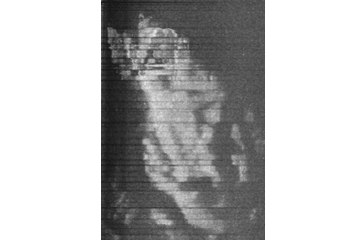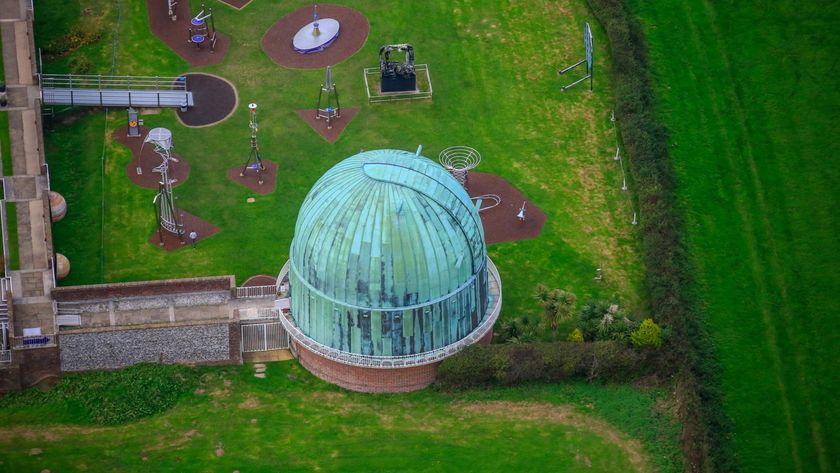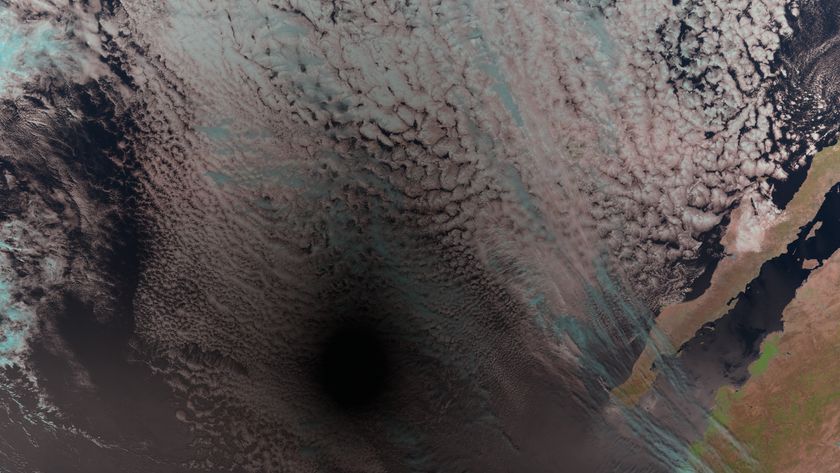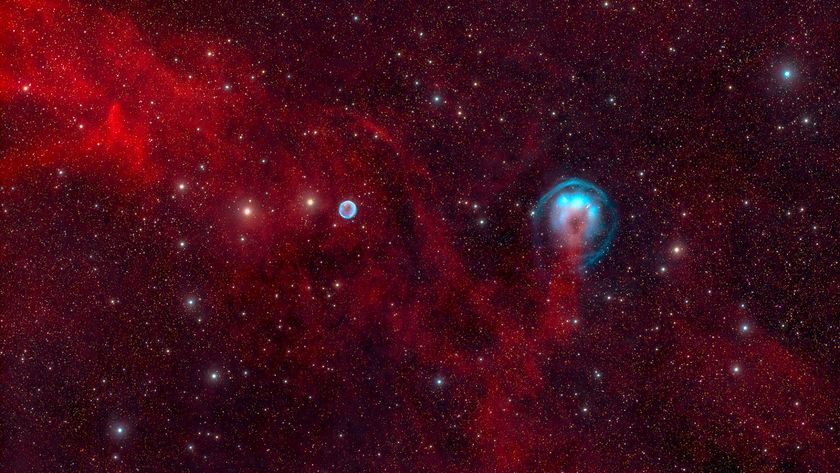Second 'Sunken UFO' Claim Doesn't Hold Water

Back in July an ocean exploration team led by Swedish researchers found what some suggested may be a flying saucer on the sea floor. There were even skid marks behind the large object that suggested it may have moved across, or crashed on, the sea floor.
While experts speculated that the object was just a glitch in the team's sonar, new reports surfaced this week that the team uncovered a second, similar object nearby. But, as the report hopped from one website to the next, one thing was missing: an image of the second object.
Life's Little Mysteries contacted Peter Lindberg, who led the expedition, to get the full story, and the elusive sonar scan .
The tale begins in July, when Lindberg, who has successfully recovered objects from sunken ships, announced he had discovered a strange round object at a depth of about 300 feet (about 91 meters) on the ocean floor in the Gulf of Bothnia, between Finland and Sweden. Adding to the mystery, he noted evidence of scars or marks disturbing the environment nearby, suggesting that the object may have moved across the ocean floor at some point. [7 Things People Mistake for UFOs]
His claim that the object "is perfectly round" may or may not be accurate; while it looks round, the resolution of sonar image is too low to verify it. And while it's possible the lines that appear to be leading to the feature indicate movement, it's also possible they are totally unrelated.
The object remains unidentified, but many experts questioned whether the sonar image was accurate to begin with. In a story that ran on the Popular Mechanics website, Hanumant Singh, a researcher with the Woods Hole Oceanographic Institute, explainedthat the sidescan sonar Lindberg used to find the object is not very reliable. Although it's perfectly useful for finding sunken ships that have a high profile on the ocean floor, it's far less accurate for revealing flat, low formations, Singh said. Furthermore, Singh said, there was evidence the sonar was not calibrated properly.
The story seemed to end there, and Lindberg said his team had neither the interest nor resources to investigate the anomaly. But interest in Lindberg's find was revived a few days ago when CNN reported that his team had found a second, similar object not far from his original discovery.
Get the Space.com Newsletter
Breaking space news, the latest updates on rocket launches, skywatching events and more!
CNN's Brooke Bowman claimed the original mysterious object "is not on its own down there. The ocean explorer team also found another, smaller, disc-shaped object nearby. Both show a rigid tail or drag marks more than 400 meters (about 437 yards) long. Their size and distinctive shape are generating some peculiar theories," including that it could be: Han Solo's spaceship, The Millennium Falcon, from the "Star Wars" films; Russian warships; Atlantis; a marine version of Stonehenge; a crashed flying saucer, or a plug to another world inside Earth.
The announcement of a second, similar object strengthened the original claim: Although sidescan sonar is known to create false images, the likelihood that it could create two nearly identical false images is very remote.
But the story takes a bizarre turn when we discover that the image of the second mysterious object used in current reports is actually a duplicate of the original sonar image. For example, the image featured at 1:13 in the CNN video clip is clearly the same image released in July. What's going on? Is there really a second saucer-shaped anomaly, and if so, where's the image of it?
Lindberg told Life's Little Mysteries, "I confirm that we have found two anomalies. We did find the other anomaly approximately 200 meters [about 219 yards] from the circular find at the same sonar run." Lindberg explained why his team had not released the sonar image of the second object: "We decided not to expose that anomaly so much because there is a lot of disturbance on the sonar image when we passed it, so it's very blurry. We can see it's something but to an untrained eye it might just look like 'pea soup.'"
Indeed, the second object looks almost nothing like the first; instead of the well-defined, disc-like appearance of the first object, the new one more closely resembles a lumpy eggplant or a blueberry muffin sprouting what looks like an owl's head.
Still, Lindberg speculated that the two objects may be linked in some way: "There is a chance that the two anomalies had been parts of the same body from the beginning. But at the same time it might mean nothing, it might be a coincidence."
It was the unusually round shape that first drew the public's interest in the first find, but it's not clear why the second feature would necessarily qualify as an anomaly — especially given the difficulty in interpreting (potentially miscalibrated) sidescan sonar images. Perhaps future exploration with better equipment will finally solve the mystery.
Benjamin Radford is deputy editor of Skeptical Inquirer science magazine and author of Scientific Paranormal Investigation: How to Solve Unexplained Mysteries. His Web site is www.BenjaminRadford.com.
This story was provided by Life's Little Mysteries, a sister site to SPACE.com. Follow Life's Little Mysteries on Twitter @llmysteries, then join us on Facebook.
Join our Space Forums to keep talking space on the latest missions, night sky and more! And if you have a news tip, correction or comment, let us know at: community@space.com.












